Saudi Arabia’s Strategic Approach to Gaza Challenges
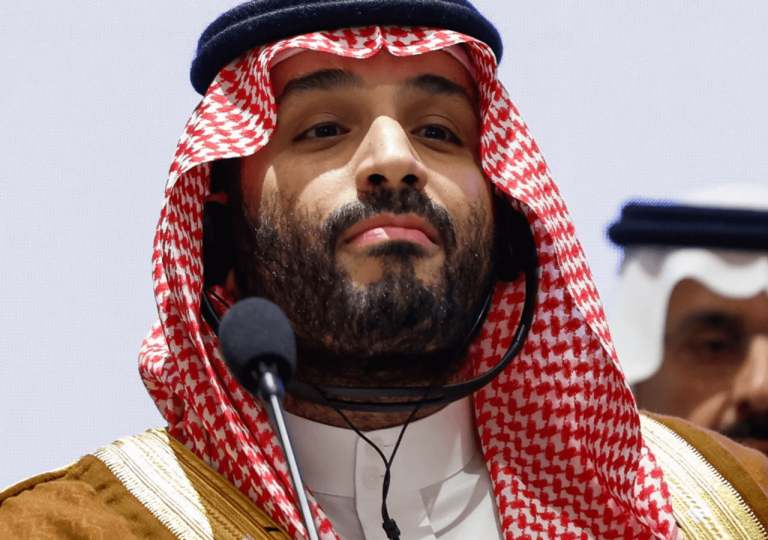
Saudi Arabia strategically navigates its alliance with the US amidst the Israel-Palestine conflict, aiming to secure favorable terms while excluding Israel from key agreements.

Saudi Arabia strategically navigates its alliance with the US amidst the Israel-Palestine conflict, aiming to secure favorable terms while excluding Israel from key agreements.
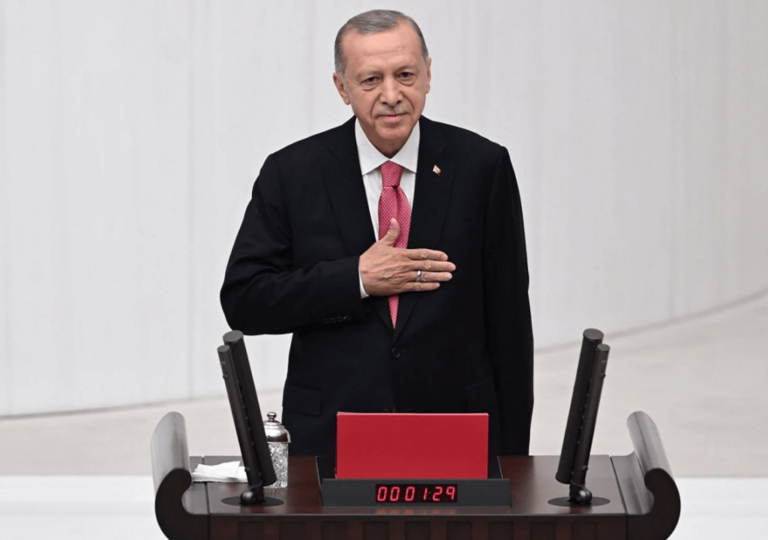
Turkey halts trade with Israel, a bold move against Israel's actions in Gaza, as Erdogan seeks political gain.
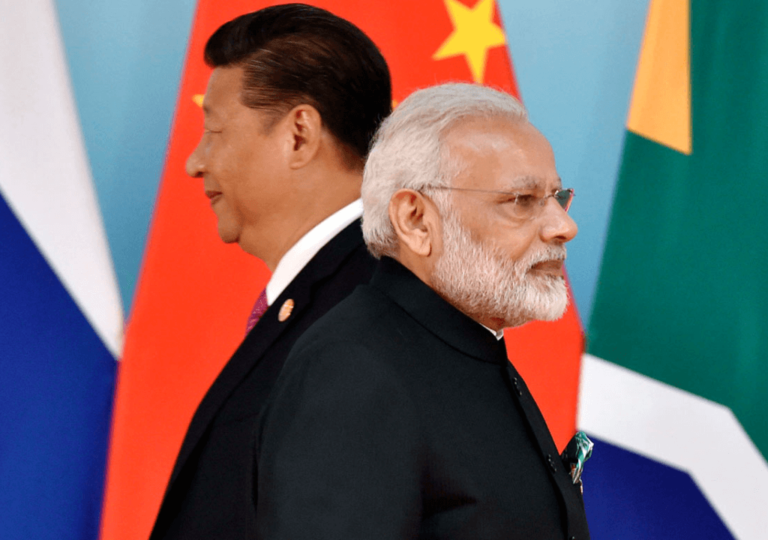
Geopolitical tensions between superpowers impact smaller nations like Nepal, caught between India and China.
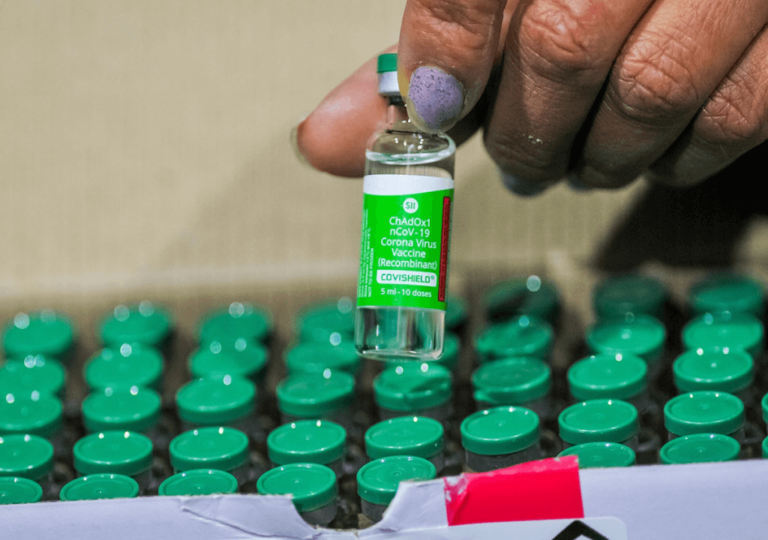
India's successful COVID-19 vaccination drive under Modi faced challenges with vaccine side effects, impacting his political future.

Singapore's DPM Lawrence Wong boosts social media presence to appeal to Gen Z voters ahead of 2025 election.
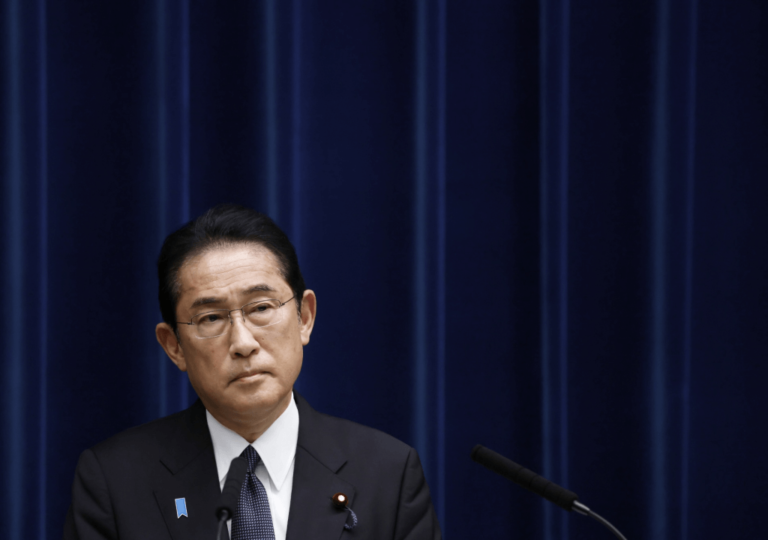
Fumio Kishida, Japan's Prime Minister, faces challenges amid economic woes and political scandals, risking his leadership as voter discontent grows.
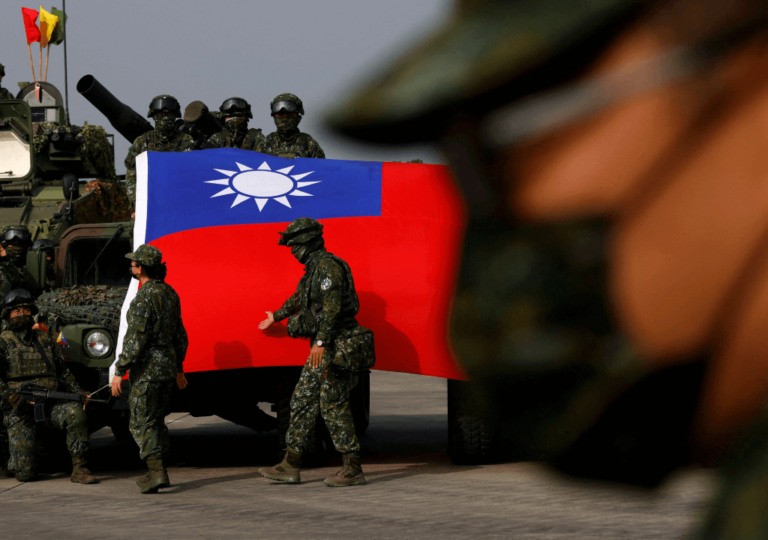
The US Foreign Aid Package allocates $95 billion to Ukraine, Israel, and Taiwan, with a focus on countering Chinese aggression in the Asia-Pacific region.
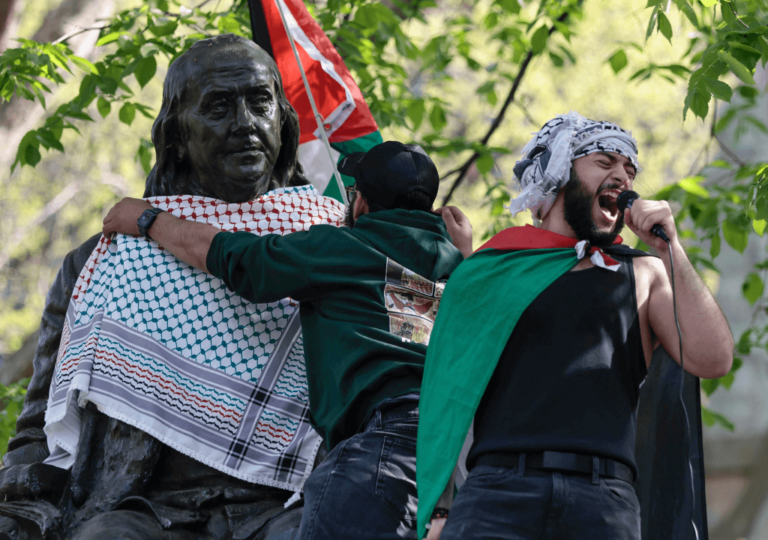
Global Muslim solidarity for Palestine, seen in rallies and protests worldwide, reflects shifting dynamics. Western nations show heightened support, contrasting with subdued responses in the Middle East and South Asia.
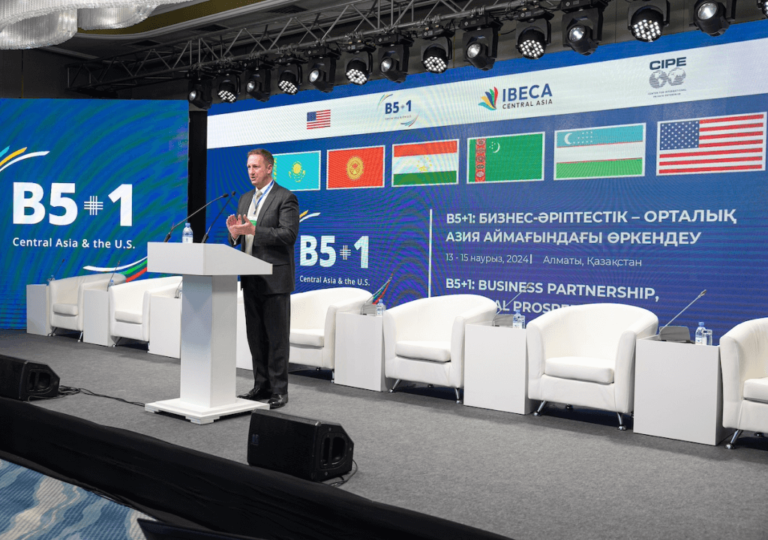
As a necessary step toward creating a single regional market, Central Asian states are removing trade barriers.
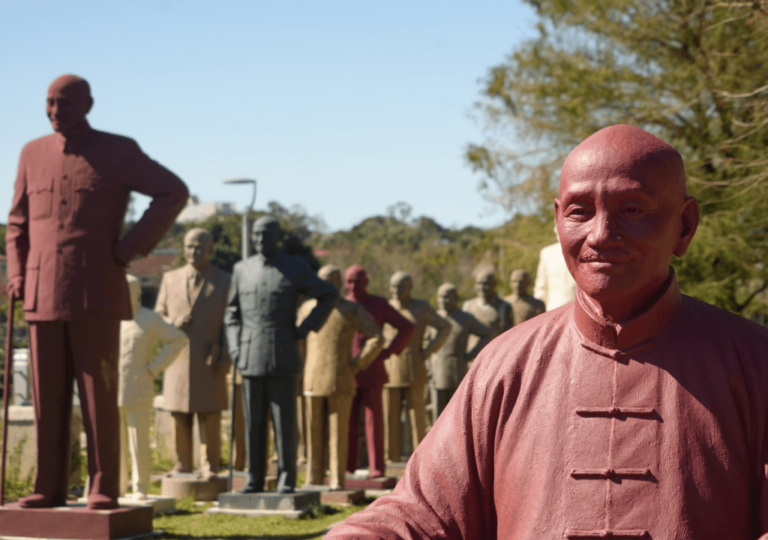
The debate over Chiang Kai Shek's legacy is essentially party-based, with the opposition Kuomintang Party accusing the ruling Democratic Progressive Party of trying to obliterate history.